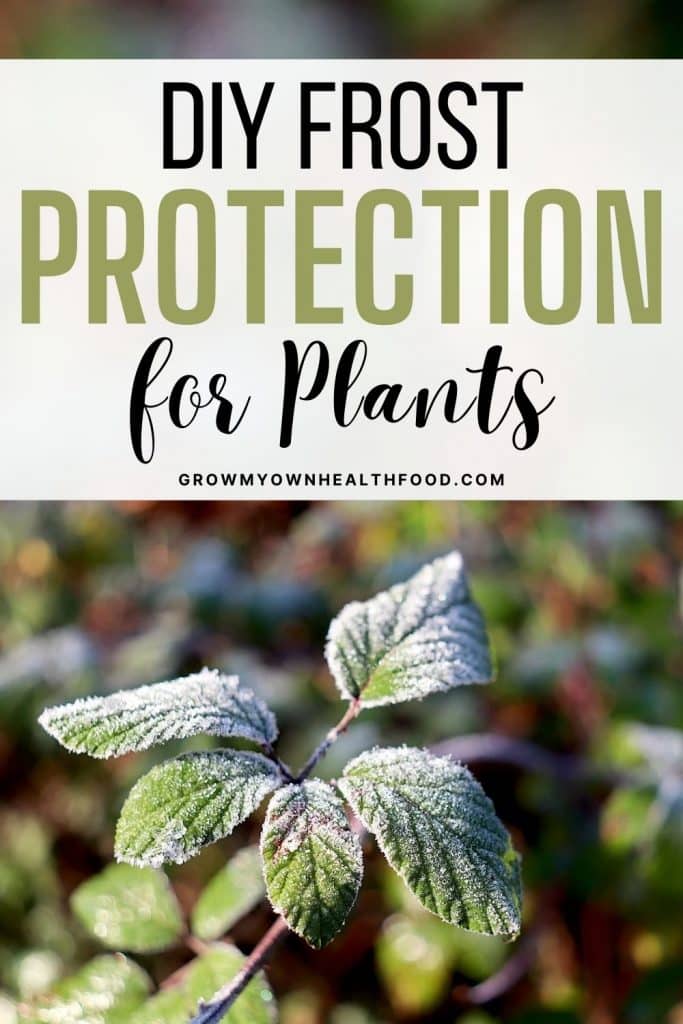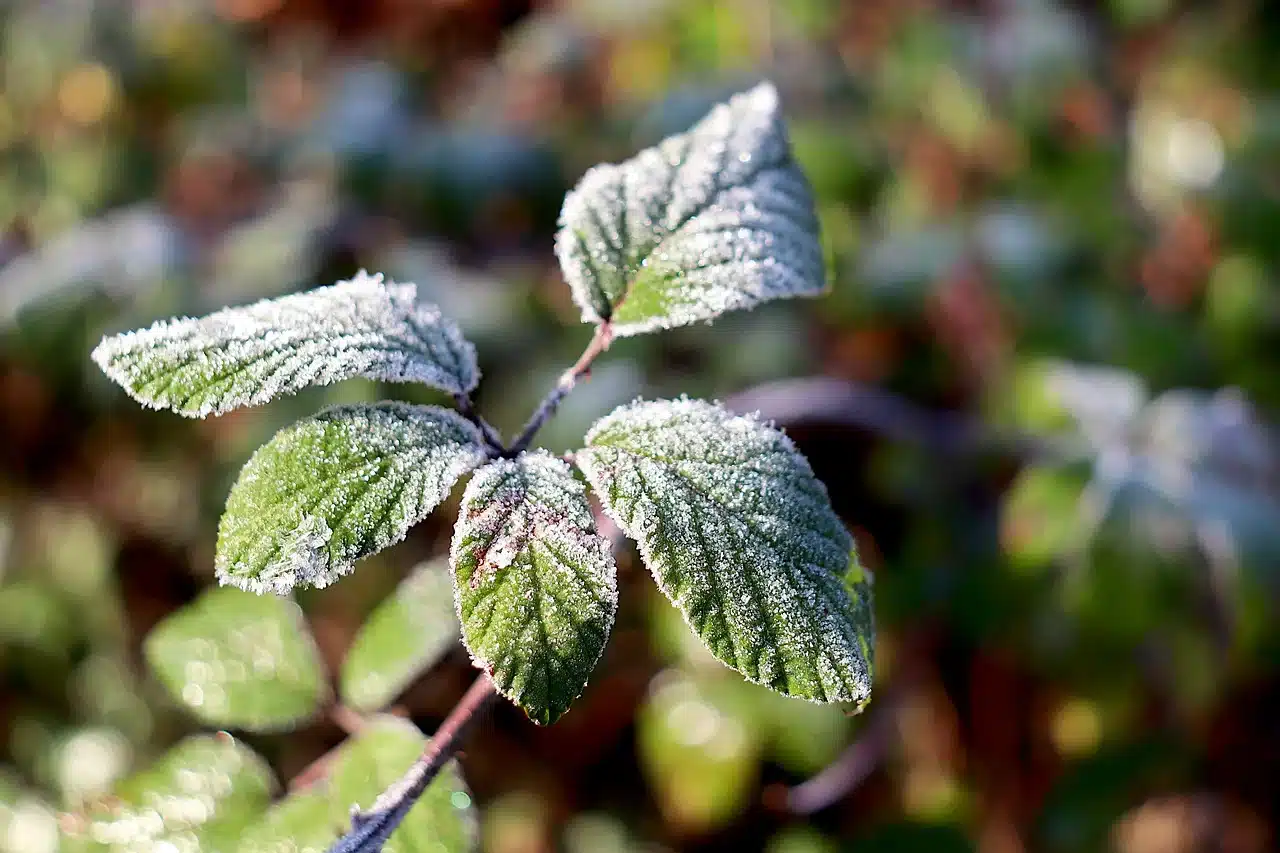Planting and gardening are quite rewarding hobbies to peruse, however, at the same time they can present many challenges, that you need to be prepared for. One of these challenges is protecting your plants against frost which can damage plants. Read on for tips on DIY frost protection for plants.
If you have a garden and live in a climate zone that is relatively cold, you need to be extra careful in the winters when your plants are at risk of freezing. You might also be surprised to learn that your plants need to be protected not just in cold weather, but also in spring. In any case, unexpected frost can wash away all your hard work!
What Is Frost and When Can You Expect It?
Frost is the thin layer of ice that forms overnight on your plants when it goes below the freezing point. This frost can injure your plants as the water in them changes into crystals and you do not want that! A light frost does not pose much threat, but if the temperature drops below -2 C, then it can be a problem for you.
Looking Out for Frost
You can actually tell beforehand if there is going to be frost in the morning by observing a few things. The most important step is to keep an eye on the forecast. There are also certain other conditions that can lead to a frost. For example, the chances of frost increase on a clear night as opposed to a cloudy night. On a clear night, heat can easily escape into the atmosphere. Low winds also mean that there will be a small chance of warm currents being evenly distributed. Hence, on such a night, there is a chance that when you wake up your plants will be covered in frost. Foggy nights are also a very visible indicator that a frost is coming!
How to Avoid a Frosty Situation!
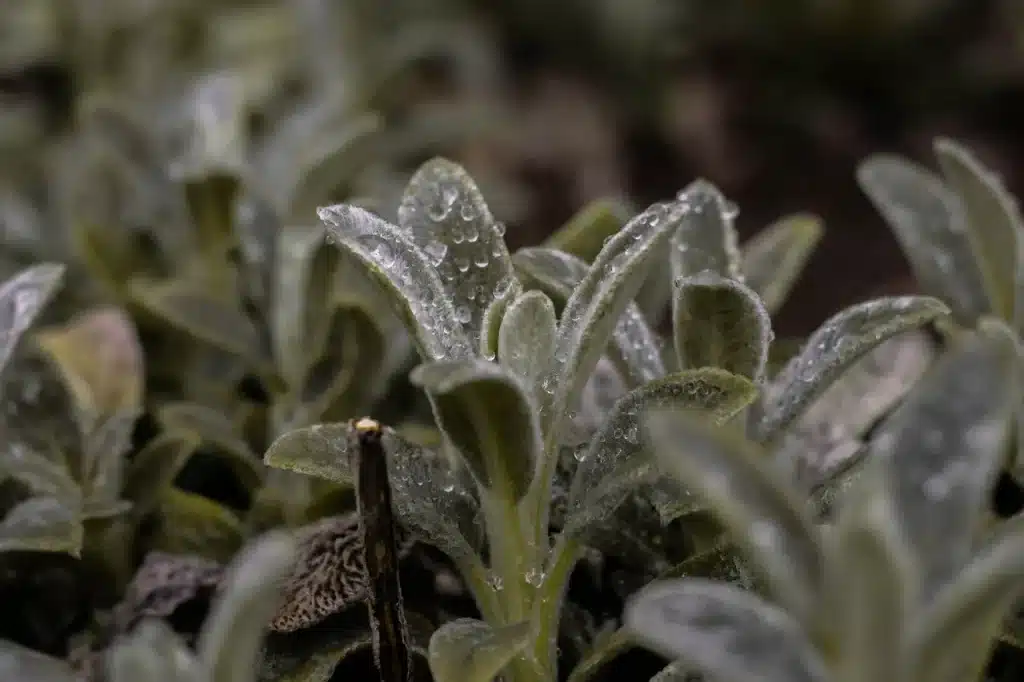
While there are DIY things you can do for protection against frost, you should also be aware of the right planting conditions for your plants. This way, you may never have to face the threat of frost!
- Plants in low-lying areas are usually at risk of getting damaged by frost. While planting, choose the area on the ground that is elevated.
- Seedlings are much more sensitive to frost. It is important to plant at the right time as soil temperatures can lag behind. This means that even when the air temperature is above freezing point, the soil may not yet be right for planting. The best tip here is to never plant early!
- Another way to make sure your seedlings are safe, you can plant them indoors and set up some grow lights to help their growth.
Protecting Plants Against Frost; DIY Solutions
So what can you do if you suspect your plants getting frosty? There are a few simple tips and tricks that you can easily do at night if you think the weather conditions are not favorable.
Watering Your Plants
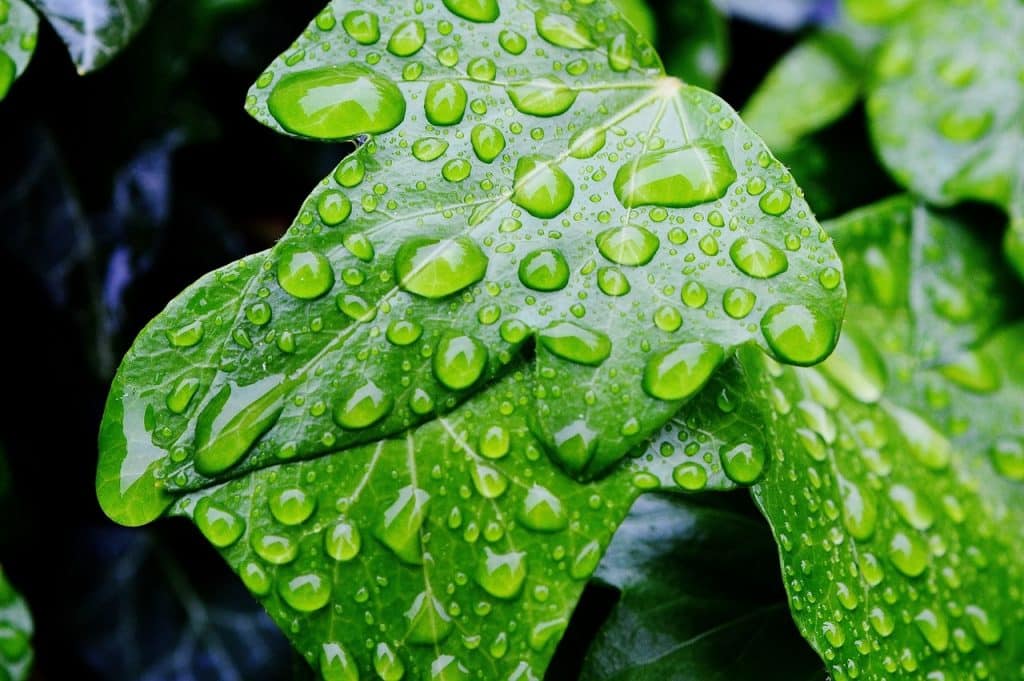
If you keep the soil moist, it can protect your plants from frost. Once you water your plants in the evening, it will create an insulating effect where the ground will radiate heat. However, for this trick to work, water your plants while the weather is still warm.
Covering Up Your Plant to Prevent Frost
One fool-proof way is to cover your plants and no frost will touch them! Covering plants will depend on the size of your garden and there are two ways you can go about it.
Using Cloche
If you have a few plants, then covering them individually is the way to go! You can create a small plastic covering for the outdoor plants which are also called cloche. There are a number of ways you can make cloche. You can use big plastic water bottles and cut them in half to create a dome-shaped structure. Once ready, nestle the cloche on top of your plants at night so that it traps the heat inside. If you do not have bottles, you can use buckets as cloche as well. Whatever you use, always remember to remove the cloche in the morning!
Use a blanket
If you have a bigger garden then covering every plant will take ages. A quicker way is to create a blanket that can cover all of your garden. You can do this by using towels or blankets. A better option would be to use a large plastic sheet or a plant cover so you can reuse it whenever you need it. Before covering your plants, place some poles or spikes around them so it creates a tent-like structure. Doing so also ensures that the covering does not touch your plants as it can damage them.
- SUITABLE SIZE-Perfect for Plant size of 10x50ft, Heavy-weight FRCs (0.55 oz./sq. yard)
- DRAWSTRING DESIGN-Easy drawstring at the openning makes it easier and quicker to cover plants during harsh weather.
- BREATHABILITY-High quality UV stabilized spun polypropylene fabric allows air and moisture to reach your plants.
Prices pulled from the Amazon Product Advertising API on:
Product prices and availability are accurate as of the date/time indicated and are subject to change. Any price and availability information displayed on [relevant Amazon Site(s), as applicable] at the time of purchase will apply to the purchase of this product.
Adding Mulch to Plants
When you add mulch to your soil, it adds an extra protective layer that will keep the ground safe from any changing temperatures. You can use wood chips, leaves, or something similar that can create insulation. Create a 4 to 6 inches thick covering so the barrier is impenetrable. You must also leave an opening around the stem of the plant so the heat has space to travel up. However, be sure to remove the mulch once the weather is warm as it can harm your plants.
Using Tree Frost Protector
Your trees also need all the protection they can get against frost. You can help your trees by covering them so they are not exposed to harsh weather conditions, especially in winters. A tree protector wrap can be a good investment as it will not only protect your trees from frost but also intense heat waves!
- SIZE: You will get 1 rolls of tree protection wrap, each roll is about 65 feet long and 4.7 inches wide.
- MATERIAL: Made of high quality non-woven fabric, it has good warmth and moisturizing properties.
- FUNCTION: Help trees to resist cold and frost damage in winter, prevent trees from being exposed to high intensity sunlight and let the trees grow healthily.
Prices pulled from the Amazon Product Advertising API on:
Product prices and availability are accurate as of the date/time indicated and are subject to change. Any price and availability information displayed on [relevant Amazon Site(s), as applicable] at the time of purchase will apply to the purchase of this product.
Bring Inside Your Potted Plants
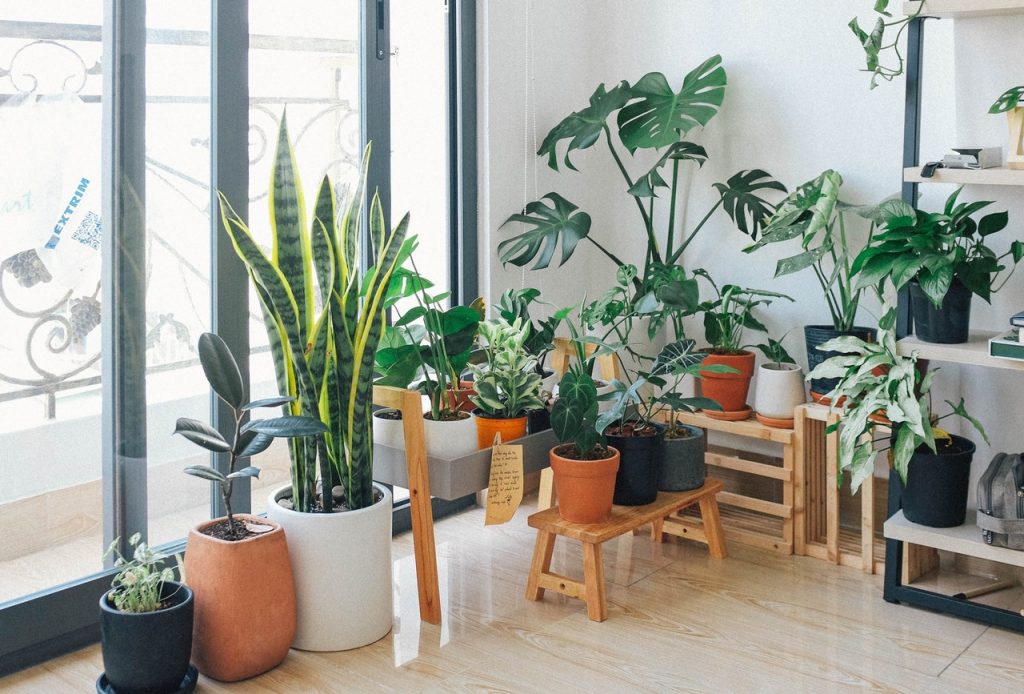
A simple and quick DIY solution for frost plant protection of your potted plants is to bring them inside. Moving them will save you the hassle and will provide the best protection. Potted plants are also at a larger risk of getting damaged by frost as compared to in-ground plants. You have to be careful about the spot you put your plants in as sudden temperature can also damage your plants.
Therefore, bring your plants to a place that is not too warm. A great option would be to move your plants to a shed or garage at dusk. Good gardening is all about assessing all kinds of scenarios and then preparing for them. Always be on the lookout for changing weather conditions as your plants are susceptible to damage in harsh conditions. We know tackling frost can be scary but you can easily protect your plants with simple DIY objects in your own house. We hope that these tips and tricks will help you keep your plants safe, frost free and healthy!
